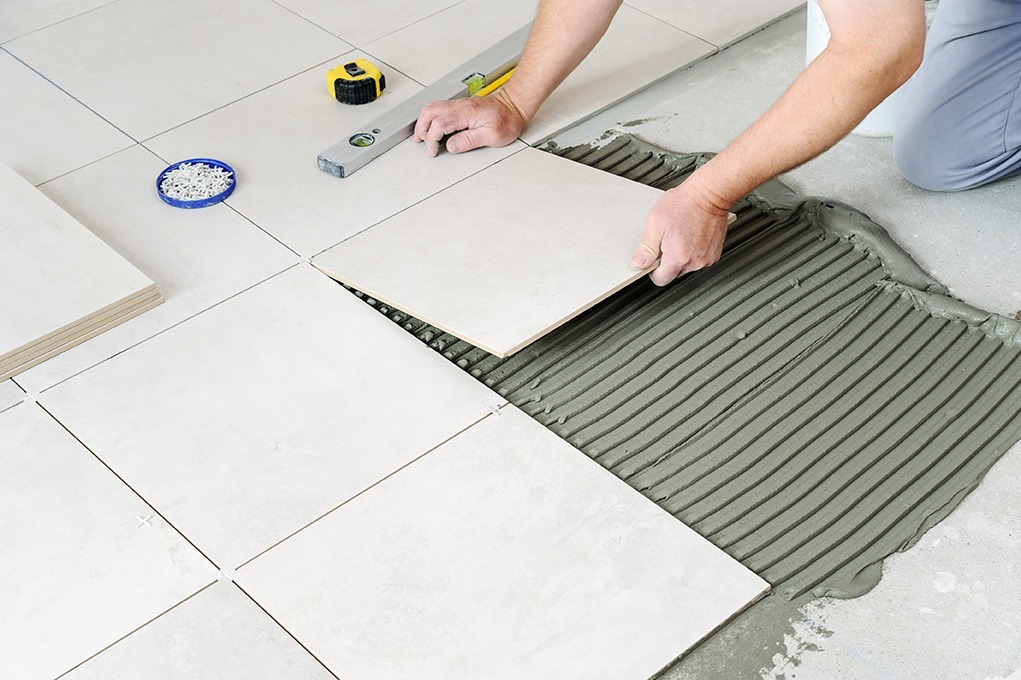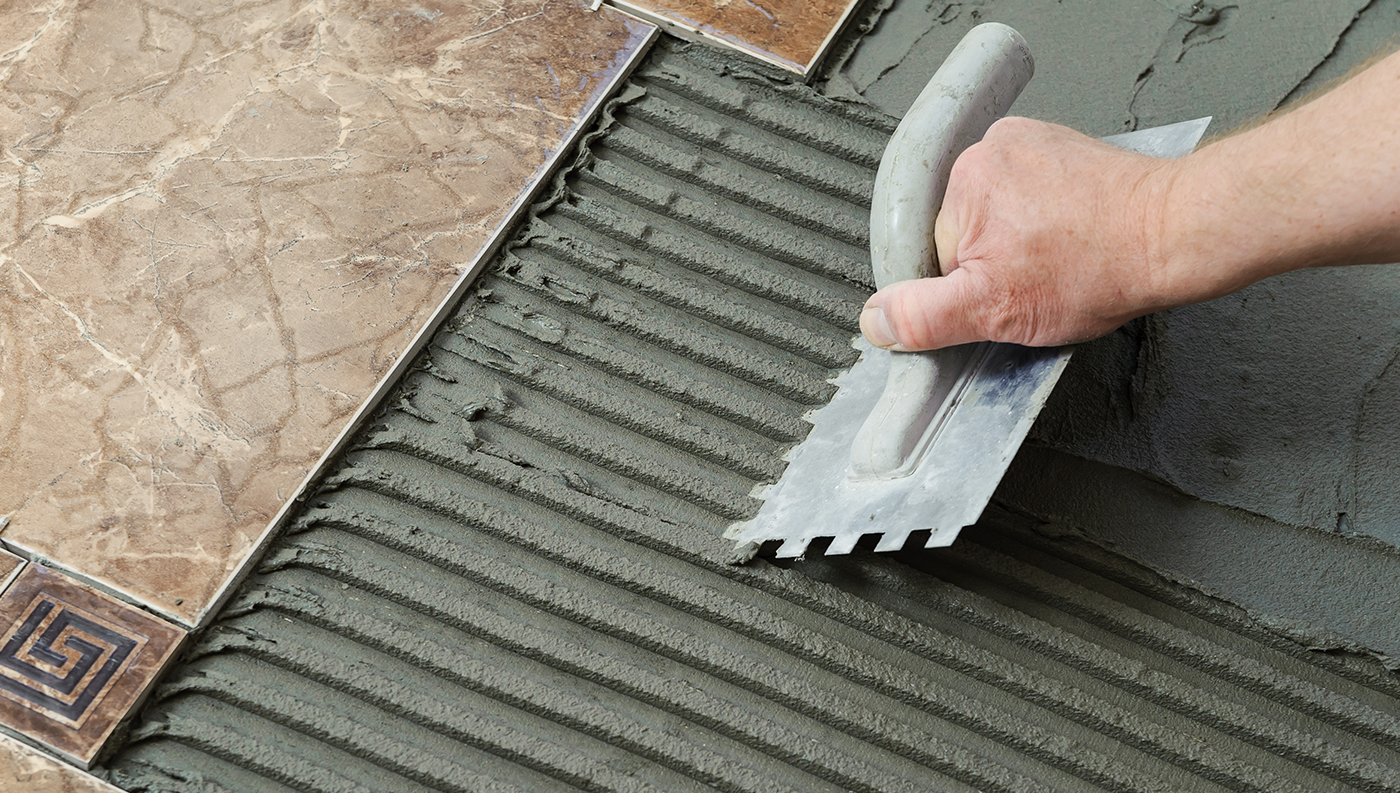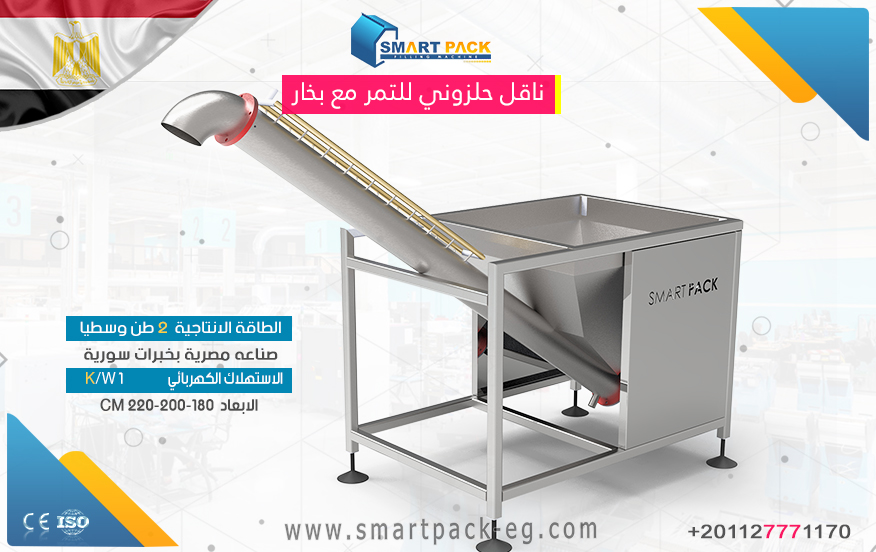How To Guide: Ceramic Paste Amounts
Introduction:
When it comes to working with ceramics, getting the right amount of ceramic paste is crucial for achieving desired results. Whether you are a beginner or an experienced artist, finding the perfect balance of ceramic paste will help you create beautiful and long-lasting ceramic pieces. In this guide, I will walk you through the process of determining the appropriate amount of ceramic paste required for your project.
Step 1: Understanding your project requirements
Before you start working with ceramic paste, it is important to have a clear understanding of your project requirements. Consider the size and scope of your project, as this will dictate the amount of ceramic paste you will need. Are you planning to create small decorative objects or larger functional ceramics? Take into account the dimensions and intricacies of your design to estimate the required amount of ceramic paste.
Step 2: Measuring ceramic paste
Now that you have a rough idea of the amount of ceramic paste you need, it's time to measure it accurately. Ceramic paste can be measured in weight or volume, depending on your preference and the tools available to you. Here are two common methods:
- Weighing:
- Use a digital scale to measure the weight of your ceramic paste. Make sure to use a container or bowl that is specifically designated for measuring ceramic materials.
- If your project requires a specific weight of ceramic paste, accurately measure it by adding or removing paste until you reach the desired weight.
- Remember to subtract the weight of your container/bowl to determine the precise weight of the ceramic paste.
- Volumetric Measurement:
- If you do not have access to a digital scale or prefer volume measurement, you can use graduated cylinders or measuring spoons to measure your ceramic paste.
- Fill the graduated cylinder or spoon with the paste, ensuring it is leveled off at the top.
- Take note of the volume measurement indicated on the cylinder or spoon. Repeat the process if necessary to achieve the desired volume.
Step 3: Planning for excess or waste
While measuring the precise amount of ceramic paste is essential, it is always a good idea to plan for excess or waste. Especially if you are new to working with ceramics or experimenting with different techniques, there may be instances where you need extra material for touch-ups or repairs. It's better to have a bit more than to run out mid-project.
Step 4: Document your measurements
To ensure consistency and ease in future projects, it's essential to document the measurements of your ceramic paste. Record the weight or volume used for each type of project, along with any adjustments you made. This record will serve as a valuable reference that you can refer back to when working on similar projects in the future.
Conclusion:
Mastering the art of determining the appropriate amount of ceramic paste is a fundamental skill for anyone working in ceramics. By understanding your project requirements, accurately measuring the paste, planning for waste, and documenting your measurements, you can achieve consistent and successful results. So, remember to take your time, measure carefully, and enjoy the process of working with ceramic paste in your creative endeavors. Happy crafting!



 Admin
Admin 




